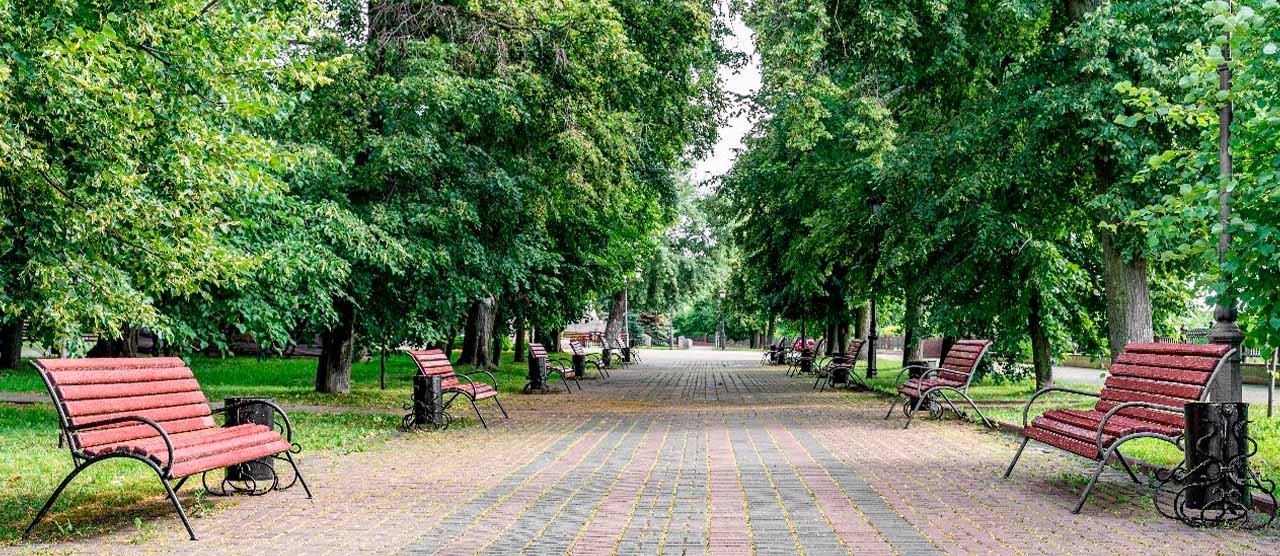- The new climatic conditions of the last few years, which combine increasingly extreme maximum temperatures, intense winds, and even storms, added to a phytosanitary deterioration of trees, causing branches or entire trees to fall on the power lines.
- For Enel Distribución, it is essential to promote the care of trees in the city and minimize the potential impact on the electric service. In this line, it published a technical manual that will facilitate the knowledge for adequate vegetation management.
Santiago, July 25, 2023 - For millions of years, trees have grown freely and adapted to their habitats without being pruned to develop correctly. However, their coexistence with urban infrastructure has become increasingly complex, and in some circumstances, they conflict with buildings, street signs, or even power lines.
The new climatic conditions that have been seen in recent years, which combine a situation of prolonged drought for more than a decade, increasingly extreme maximum temperatures, intense winds, and even thunderstorms and snow that were not characteristic of the central area, coupled with a phytosanitary deterioration of trees, cause the fall of branches or even entire trees on the power line, causing service interruptions.
What can we do about this situation? A relevant line of action is generating knowledge to install good practices and achieve collective work to strengthen the care of urban trees. In these guidelines, it is necessary to consider the new and future conditions of climate change in the selection of species and the structures of the city (such as electrical grids) at the time of planting, as well as correct pruning techniques to safeguard their longevity and stability.
For Enel Distribución, it is essential to participate, promote and contribute to the care of trees, contributing information and ideas to the debate on how we should green cities and welcome the climate challenges we face today. In this context, together with the Faculty of Agronomy and Forestry Engineering of the Catholic University, published this week a technical manual that will facilitate knowledge for properly managing vegetation.
"We are an electricity distribution company, which is not only concerned about ensuring a continuous and quality electricity supply, but also about vegetation and the management of green infrastructure. Therefore, we wanted to contribute to knowledge, making available to our employees, contractors, and community a technical manual for properly managing urban trees in the city," explained Victor Tavera, general manager of Enel Distribución.
How can we reverse the wear and tear of the trees? The great challenge ahead is the formation and care of the new trees incorporated into the city. The latter is a task that must begin with producing specimens suitable for the urban environment, with an adequate structure and belonging to species capable of tolerating the conditions offered by the urban setting of the central zone. It is also necessary to continue training the maintenance personnel to prepare them for requirements, ensuring their interventions do not harm the species' stability and health.
"As an electricity distributor, we are very concerned about the proper management of urban trees and their planning in the city because it responds to our mission of contributing to sustainable development and ensuring the continuity of the electricity supply, especially due to their interaction with our networks. Training and planning are key factors in achieving healthy and long-lived trees. For this reason, in addition to seeking spaces for collaboration and generating knowledge, we also train our teams that carry out pruning and environmental inspections", adds Víctor Tavera.
Enel Distribución has been concerned about managing urban trees around the power grids for years. Therefore, it makes strategic alliances with institutions and various initiatives in the daily work in the field, including technical, environmental, and safety training for our collaborating companies and environmental inspections. These include technical, environmental, and safety training for our collaborating companies and ecological assessments of the operation's activities, where we supervise and control that vegetation management activities are carried out properly, including stopping work in the presence of nests with chicks, applying fungicide to the cutting areas, removing organic waste daily and leaving the site clean. In addition, specific pruning quality criteria are currently under review to ensure that pruning occurs by cutting branches from the base (parallel to the crease) and at an angle of 45°, for example.
The technical manual "Gestión del Arbolado Urbano en las Redes de Distribución Eléctrica," developed by the Faculty of Agronomy and Forestry Engineering of the Universidad Católica and Enel Distribución, is now available on the enel.cl website for consultation and download. The document includes information on the different tree species, pruning strategies, and keys to detect trees at risk, among other matters.



